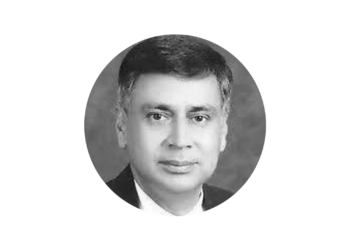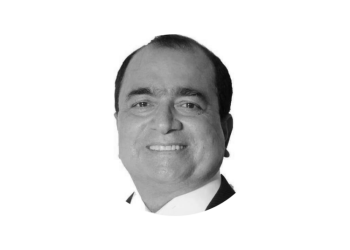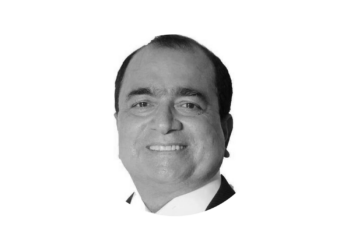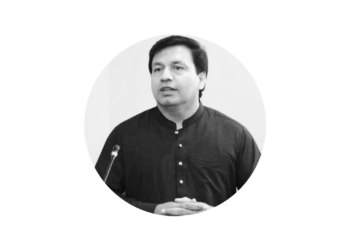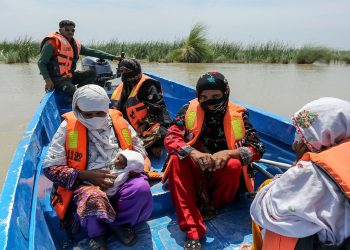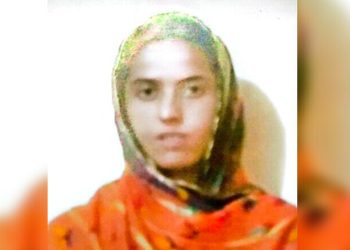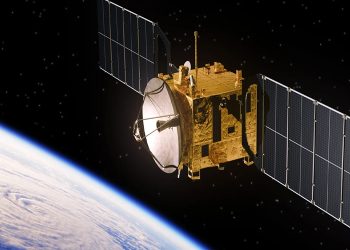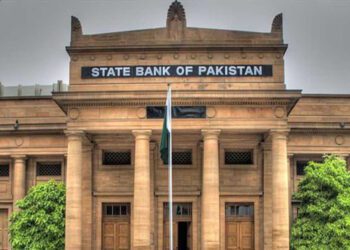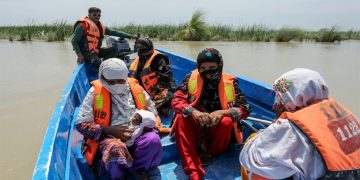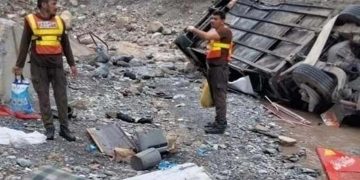Pakistan’s political landscape has been in turmoil and upheaval since its creation in 1947. The political history of the country can be divided into several phases and each phase was full of different conflicts.
At each stage, different statements came out from different political movements, leaders and institutions. From the early years of military rule to the present era of democratic rule, Pakistan’s politics has undergone significant changes.
Talking about the initial phase, Pakistan emerged on the world map in 1947 as the largest Islamic country in the world. It was in 1948 that the first military conflict between Pakistan and India took place over the Kashmir issue, which laid the foundation for many decades of tension and conflict between the two countries.
From the beginning, Pakistan was dominated by the Muslim League, which played a key role in the creation of the country. However, the party was mired in internal divisions and infighting. In 1951, the Muslim League was defeated by the centre-left Pakistan People’s Party (PPP) in the country’s first general elections for the first time in history.
As a result of the first military coup, General Ayub Khan came to power. Ayub Khan’s regime promoted rapid economic growth and modernization, but at the cost of political repression and suppression of civil liberties. The regime’s authoritarianism and close ties to the United States fueled growing resentment and opposition from leftist and nationalist movements.
During this period Ayub Khan was forced to resign in 1969 after mass protests and strikes. A subsequent military government led by General Yahya Khan oversaw the country’s first democratic elections in 1970.
Pakistan People’s Party chief Zulfikar Ali Bhutto became the prime minister. Bhutto’s government focused on public policies and nationalization of key industries. Bhutto also oversaw the country’s nuclear weapons development, and during this period Pakistan’s relations with India became more strained.
However, Bhutto’s government was also criticized for political repression and suppression of the opposition. In 1977, Zulfikar Bhutto lost power in a military coup led by General Zia-ul-Haq, and later the country’s prime minister was executed.
Zia-ul-Haq’s government tried to enforce strict Islamic laws and suppress political dissent. Zia-ul-Haq’s reign was marked by rising tensions with India and the country’s involvement in the Soviet-Afghan War.
Then in 1988, Zia-ul-Haq died in a plane crash and the military government that followed lost power. Pakistan held its first democratic elections in more than a decade, and the People’s Party returned to power.
Thus, the period between 1988 and 1999 saw the return of democratic governance in Pakistan, but the country’s politics remained unstable and conflicted. The country’s two major political parties, the People’s Party and the Muslim League, took turns in power, but both remained embroiled in corruption and infighting.
Suddenly in 1999, General Pervez Musharraf launched a military coup against the government of Prime Minister Nawaz Sharif. General Musharraf’s government ushered in a new era of economic development and modernization but also faced growing opposition from Islamist groups and political parties.
Under General Musharraf, a series of political reforms were introduced to strengthen democratic institutions, including the devolution of powers to local governments and the establishment of an independent Election Commission. However, the Musharraf government has also been criticized for its human rights record and crackdown on opposition groups and the media.
After the departure of former President General Musharraf, Pakistan returned to democratic governance, with the People’s Party and the Pakistan Muslim League-Nawaz (PML-N) taking turns in power. The entire period was marked by a series of political and economic challenges, including rising extremism and militancy, economic stagnation and corruption scandals.
The Muslim League (N) government led by Nawaz Sharif was ousted in 2017 following a corruption scandal. Sharif was later jailed and had to go into exile. Pakistan Tehreek-e-Insaaf’s leader Imran Khan’s government took power in 2018 after a disputed election.
The PTI government was overthrown by the opposition alliance of the PDM by bringing a no-confidence motion, which Imran Khan still calls the result of an external conspiracy. While the current Shehbaz Sharif government seems unable to find any clear solution to the ongoing political and economic instability in the country.
It is important that the country’s leadership also takes into account the political evolution since the establishment of Pakistan
So that the elements that have been standing in our way since the beginning could be addressed in order to solve the country’s issues.







